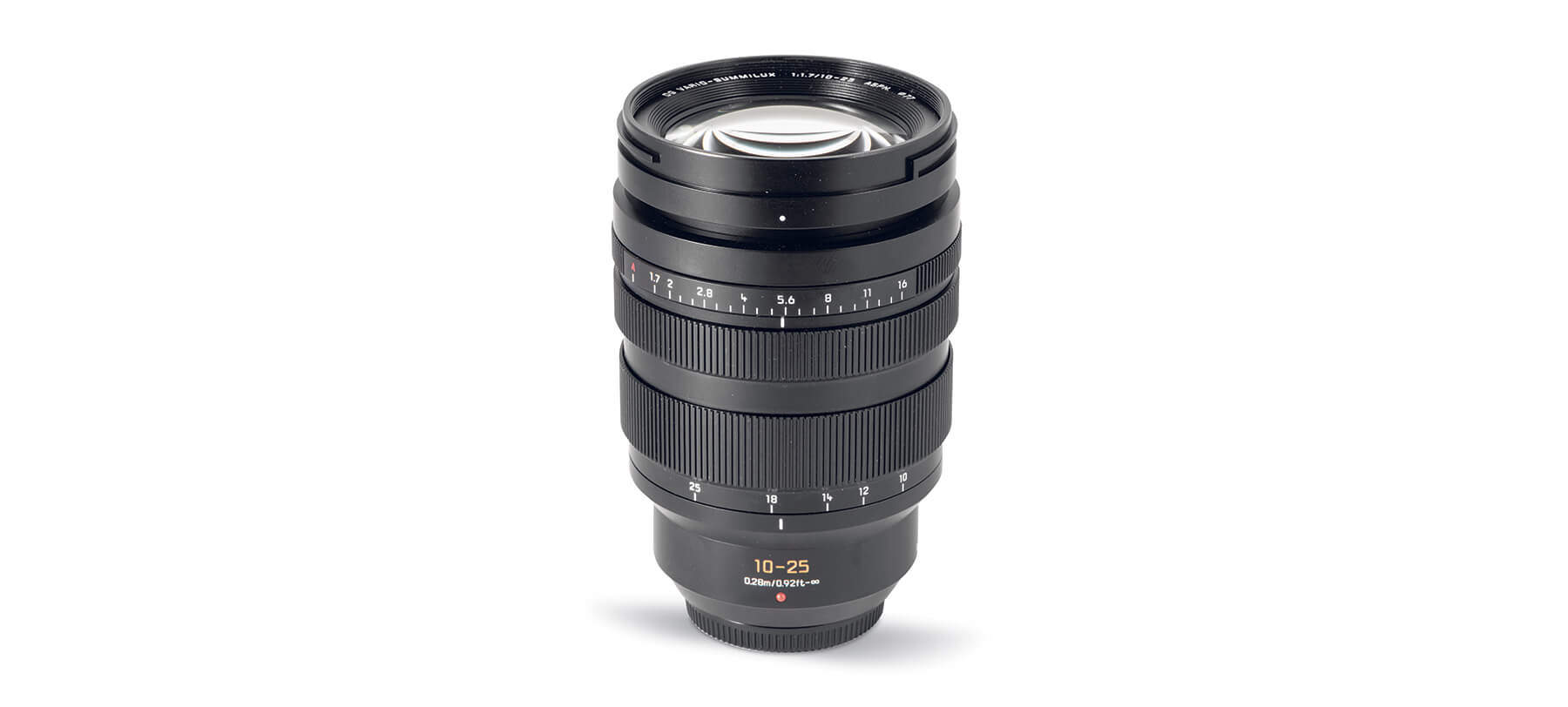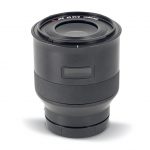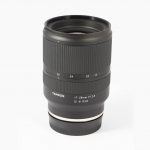As featured in issue 71 of Photography News.

Panasonic Leica DG Vario-Summilux 10-25mm f/1.7 ASPH test: a world first
Posted on Oct 17, 2019
Panasonic’s fast constant aperture lens has impressive build quality, a free-running aperture ring and smooth autofocus.
It was last September when Panasonic announced it was developing the world’s first constant f/1.7 aperture wide-angle to standard zoom for the Micro Four Thirds mount, and here it is.
The 10-25mm range is equivalent to 20-50mm in the 35mm format, so this is a really useful set of focal lengths to have in your bag – and having that constant f/1.7 is a huge bonus, too.
You can’t have fast maximum apertures without lots of glass, so it’s no surprise that this is a hefty lens in the context of the Micro Four Thirds system. It dwarfs the Olympus OM-D E-M5 Mark II that I used it on, and looks more in proportion on a Panasonic Lumix GH5. However, while this lens on the E-M5 Mark II made for a strange-looking combination, balance is very good and it’s not front heavy.
Build quality is impressive, as you would expect. The zoom ring covers the focal length range in one quarter turn, which is about the same amount needed when the lens is in manual focus mode. Manual or autofocus on the lens is engaged by pulling/pushing the focus barrel and it’s a firm positive action. In AF mode, there is full-time manual override, too. Autofocus itself is very swift, smooth, responsive and effectively silent.
As if to confirm its credentials as a video-friendly lens, the Panasonic’s aperture ring is free running, so while it is marked on 0.3EV steps, there are no physical click-stops. The only click is when you engage the A setting – there is no lock here, but the click action is firm.
Overall, I liked the lens’s handling for its smoothness and positive action, so no moans here.
Optically, there is no denying its skills in this department.
Click the images to see a larger view
Images Our set of test pictures were taken using the Panasonic Leica 10-25mm lens fitted onto an Olympus OM-D E-M5 Mark II. Raws were processed in Lightroom with no extra sharpening added and pictures checked out at 100%
There’s no point having a fast maximum aperture if it’s not usable at that setting, but there’s no problem in that respect with this lens. That’s not to say there’s no benefit to stopping down, because there is, but shooting wide open at the tested focal lengths delivered impressive resolution in the centre, although the extreme edges were softer and it was here that the benefit of stopping down was clear.
At the 10mm setting, using f/5.6 and f/8 gives crisply defined detail, but I would be happy to use wider settings, too, if the edges were less important. It was a similar story at 16mm, where the centre looked lovely and crisp with the edges less good, but gaining quality with stopping down, with f/5.6, f/8 and f/11 giving similar high levels of edge-to-edge sharpness.
Sorry to be repetitive, but the comments about the 12mm and 16mm settings can be applied to the 25mm setting, too, ie good centre and poorer, but still very acceptable edges at f/1.7, with stopping down improving the whole image.
To sum up, I’d have no qualms using this zoom lens at f/1.7 for critical work in low light, or if I was trying to keep my depth-of-field shallow to suit the image. Of course, it’s great to have the security of stopping down even a little to give even better quality.
Verdict
Pros: Constant fast aperture, optical quality, build quality, smooth controls
Cons: It’s a big lens for Micro Four Thirds
This is a lovely piece of glass, albeit on the large side for a Micro Four Thirds optic. It has slick AF, it turns in high-quality images and that fast aperture is lovely. I’d like the option of an aperture ring with click stops, but I soon got used to the stepless control. Obviously not cheap at £1799, but it covers a lovely focal length range, from ultra wide-angle to standard, so it would get plenty of use and soon pay for itself.
For more information, please visit the Panasonic website.




























